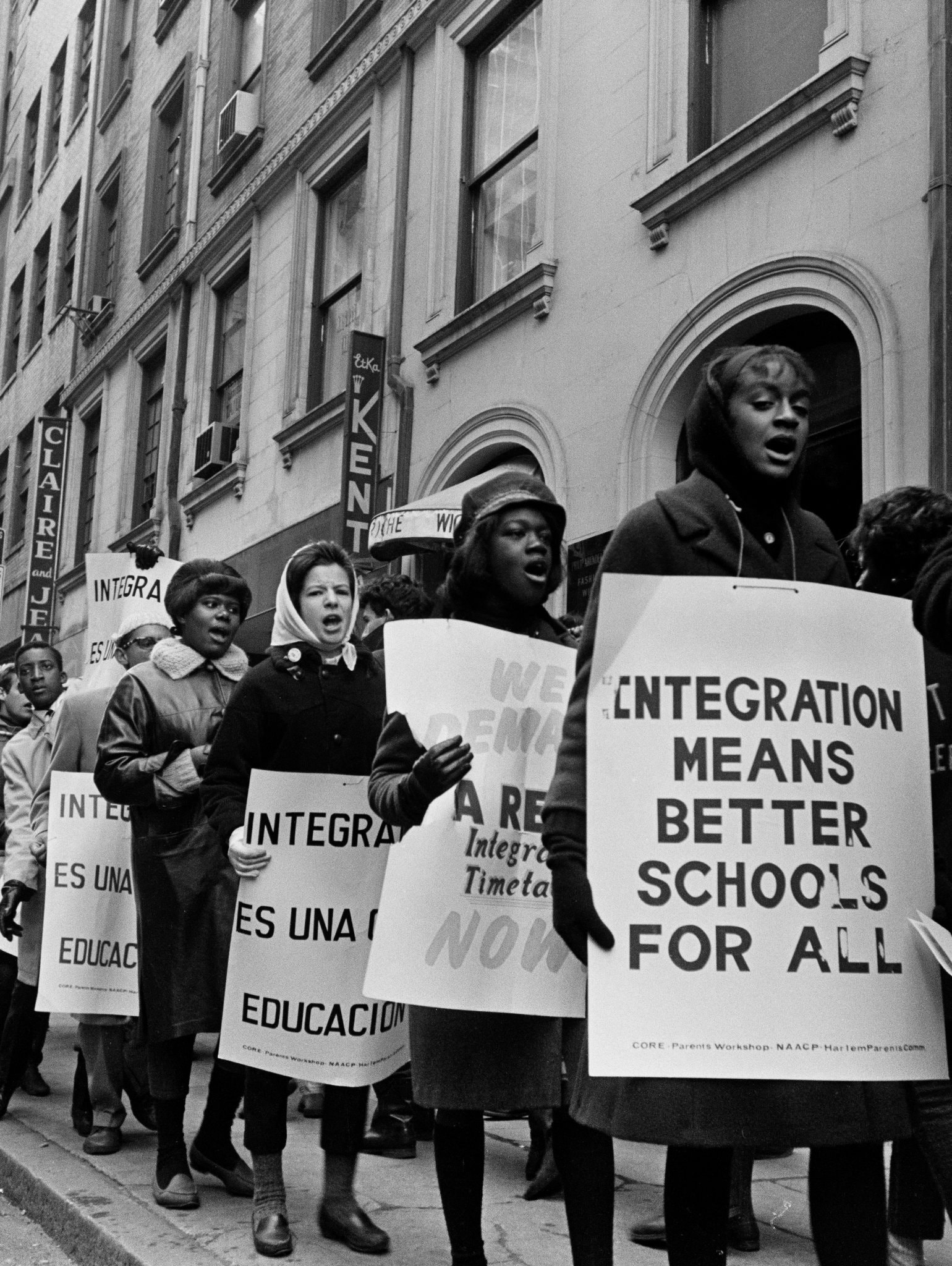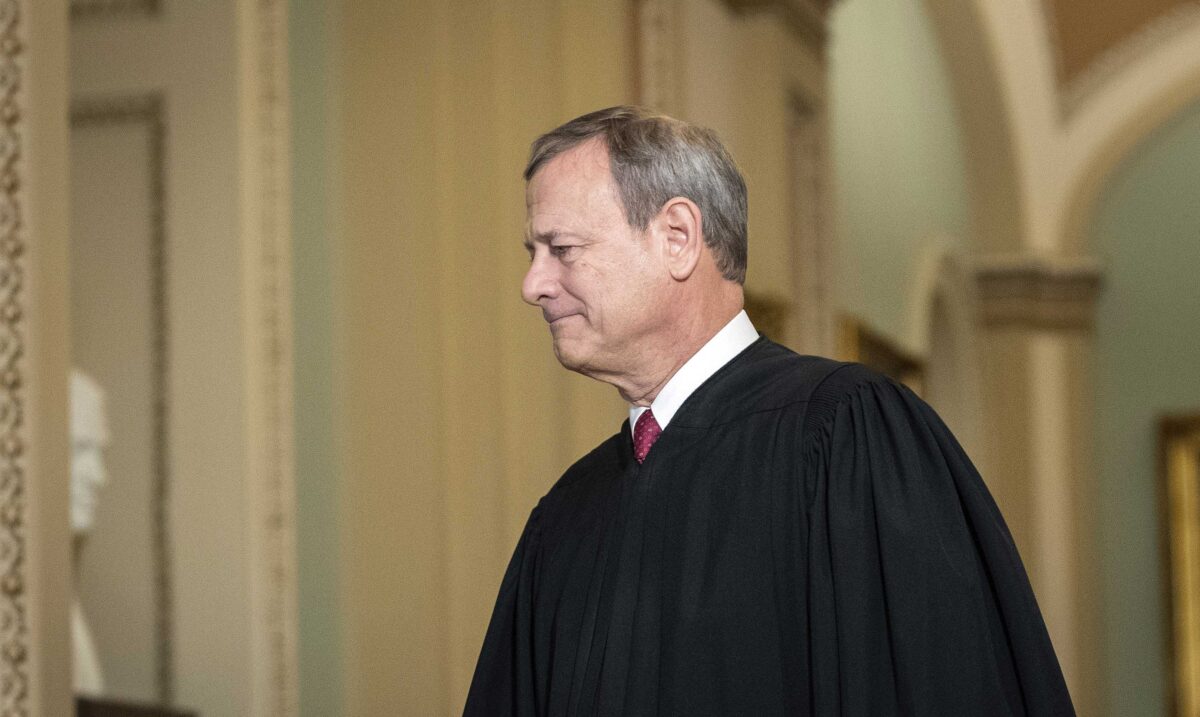School Desegregation: The End Of An Era And The Challenges Ahead

Table of Contents
The Landmark Brown v. Board Decision and its Immediate Aftermath
The 1954 Brown v. Board of Education Supreme Court case was a watershed moment in American history. The unanimous decision declared state laws establishing separate public schools for black and white students to be inherently unequal and therefore unconstitutional, overturning the "separate but equal" doctrine established in Plessy v. Ferguson (1896). This landmark ruling was a victory for civil rights and a crucial step towards dismantling the systemic racism embedded in the American educational system.
However, the implementation of desegregation was far from swift or uniform. Many parts of the country met the Brown decision with fierce resistance, employing various strategies to maintain racial segregation in schools.
Massive Resistance
The response to Brown v. Board was often characterized by "massive resistance," a concerted effort by states and communities to obstruct desegregation. This resistance took many forms:
-
Pupil Placement Laws: These laws allowed school boards to assign students to schools based on a variety of factors, effectively circumventing desegregation orders.
-
Creation of Private Schools: Many white families opted to send their children to newly created private schools to avoid integration.
-
School Closures: In some instances, school districts chose to close public schools rather than integrate them.
-
Examples of successful and unsuccessful desegregation efforts: While some southern states saw relatively swift integration, others, particularly in the Deep South, fiercely resisted, leading to protracted legal battles and widespread social unrest. Little Rock Central High School's integration in 1957, marked by the intervention of the 101st Airborne Division, serves as a stark example of the violent resistance faced in some areas. Conversely, some northern cities experienced de facto segregation due to housing patterns and discriminatory practices, making desegregation efforts more complex.
-
Key figures and events: Figures like NAACP lawyers Thurgood Marshall and Constance Baker Motley played pivotal roles in the legal battles surrounding desegregation. The Little Rock Nine, the students who bravely integrated Central High School, became symbols of the struggle for educational equality.
-
The role of federal intervention: The federal government played an increasingly important role in enforcing desegregation orders through court rulings, legislation (like the Civil Rights Act of 1964), and the deployment of federal troops when necessary.
The Evolution of Desegregation Strategies
Over time, desegregation strategies evolved. The focus shifted from addressing "de jure" segregation (segregation mandated by law) to tackling "de facto" segregation (segregation resulting from residential patterns and other factors). Various methods were employed to achieve integration:
-
Busing: This controversial strategy involved transporting students from one neighborhood to another to achieve racial balance in schools.
-
Magnet Schools: These specialized schools, often offering unique programs, were designed to attract students from diverse backgrounds.
-
Court-Ordered Desegregation Plans: Many school districts were subjected to court orders mandating specific integration plans.
Busing Controversies
Busing, while intended to promote integration, became a highly contentious issue.
-
Advantages and disadvantages of busing: While proponents argued that busing was essential for achieving racial balance and providing equal educational opportunities, critics cited the logistical challenges, the disruption to students' lives, and the potential for increased racial tensions.
-
The impact of busing on student achievement and social dynamics: Studies on the impact of busing on student achievement have yielded mixed results. Some studies show a positive impact, while others show little or no effect. The social impact was often complex, with both positive and negative consequences for students and communities.
-
Long-term effects of busing policies on communities: Busing policies had lasting effects on communities, influencing residential patterns, school demographics, and social relations for decades.
Persistent Challenges to Educational Equity
Despite significant progress, significant challenges remain in achieving true educational equity.
Racial and Economic Segregation
Housing patterns and economic disparities continue to contribute to school segregation.
-
The concept of "housing segregation" and its impact on school demographics: Residential segregation, often a legacy of historical discriminatory practices, contributes significantly to school segregation. Concentrations of poverty often lead to underfunded schools with limited resources, perpetuating the cycle of inequality.
-
The role of funding disparities in perpetuating educational inequalities: Funding disparities between schools in wealthy and impoverished neighborhoods contribute significantly to the achievement gap. Schools in low-income areas often lack the resources necessary to provide high-quality education.
-
The achievement gap and its link to school segregation: The persistent achievement gap between different racial and socioeconomic groups is inextricably linked to school segregation. Students in segregated schools often lack access to the same resources and opportunities as their peers in more affluent districts.
The Achievement Gap
The achievement gap, the disparity in academic performance between different racial and socioeconomic groups, remains a significant challenge.
-
Statistical data illustrating the achievement gap: Numerous studies document persistent disparities in test scores, graduation rates, and college enrollment between different racial and socioeconomic groups.
-
Factors contributing to the achievement gap beyond school segregation: Factors beyond school segregation, such as access to quality healthcare, nutrition, and early childhood education, also contribute to the achievement gap.
-
Strategies for closing the achievement gap: Addressing the achievement gap requires a multi-faceted approach that includes improving school funding, providing access to high-quality preschool, implementing effective early intervention programs, and addressing systemic inequalities.
The Future of School Desegregation
Current legal and policy debates surrounding school desegregation continue, with ongoing discussions about the role of affirmative action and other strategies to promote diversity and equity.
The Role of Affirmative Action
Affirmative action policies, designed to promote diversity in education by considering race as one factor in admissions decisions, have been the subject of ongoing legal challenges.
-
Current legal challenges to affirmative action: The Supreme Court has issued several rulings on affirmative action, leading to uncertainty and ongoing debate about its future.
-
Alternative strategies for promoting diversity and inclusion in schools: Alternative strategies, such as socioeconomic affirmative action, focus on diversity based on economic circumstances rather than race. Other strategies focus on creating more inclusive school environments that celebrate diversity and value the contributions of all students.
-
The importance of culturally responsive teaching practices: Culturally responsive teaching practices recognize and value the cultural backgrounds and experiences of all students, adapting teaching methods to meet the diverse needs of the student population.
Conclusion
The history of school desegregation is a complex one, marked by both significant progress and enduring challenges. While the Brown v. Board of Education decision was a momentous victory, its implementation was slow and often met with fierce resistance. The legacy of segregation continues to manifest in persistent achievement gaps and ongoing racial and economic disparities in school systems across the nation. Understanding the history and ongoing impact of school desegregation is crucial to building a more equitable future. Let's continue the fight for fair and inclusive education for all students, ensuring that the legacy of school desegregation becomes a testament to progress, not a barrier to opportunity. We must continue to advocate for policies and practices that promote school integration and address the root causes of educational inequality. The fight for true educational equality, free from the shackles of segregation, remains an ongoing and vital struggle.

Featured Posts
-
 Ps 5 Dominates Or Xbox Catches Up Us Sales Comparison Of Next Gen Consoles
May 03, 2025
Ps 5 Dominates Or Xbox Catches Up Us Sales Comparison Of Next Gen Consoles
May 03, 2025 -
 Christmas Voucher Failure Sony Issues Play Station Credit Compensation
May 03, 2025
Christmas Voucher Failure Sony Issues Play Station Credit Compensation
May 03, 2025 -
 Is The Separation Of Church And State Under Threat From Chief Justice Roberts
May 03, 2025
Is The Separation Of Church And State Under Threat From Chief Justice Roberts
May 03, 2025 -
 Cassidy Hutchinsons Fall Memoir Insights From A Key January 6th Hearing Witness
May 03, 2025
Cassidy Hutchinsons Fall Memoir Insights From A Key January 6th Hearing Witness
May 03, 2025 -
 Preoccupations De Macron Militarisation De L Aide Humanitaire A Gaza Par Israel
May 03, 2025
Preoccupations De Macron Militarisation De L Aide Humanitaire A Gaza Par Israel
May 03, 2025
